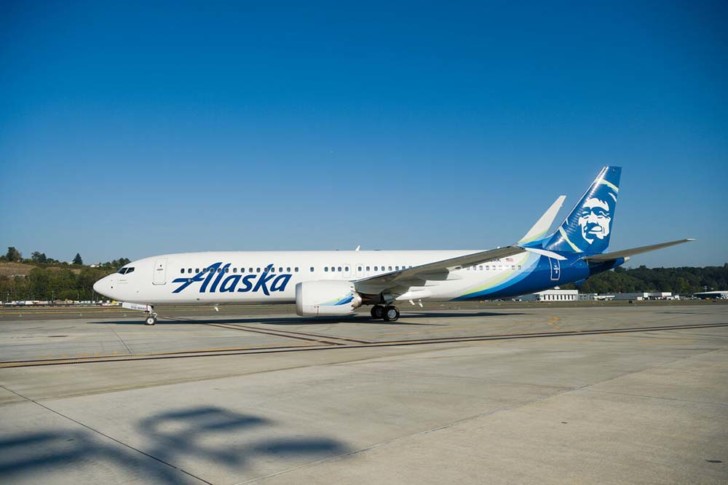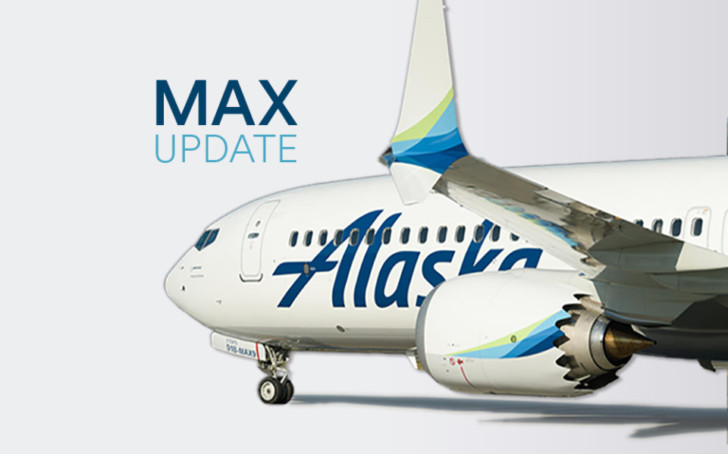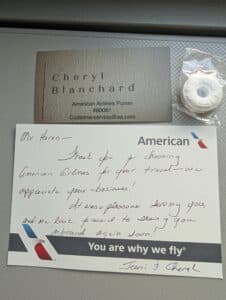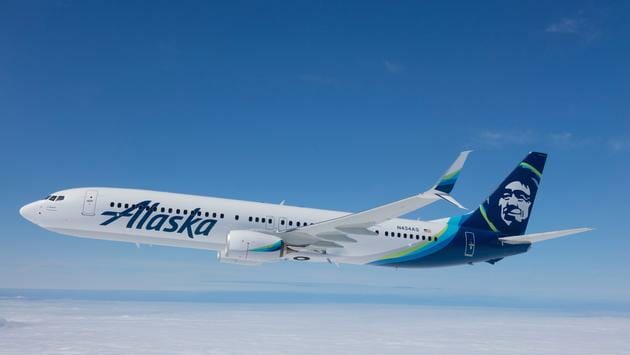Today, Alaska Airlines announced that they will begin receiving their first Boeing 737MAX in January with deliveries continuing through the year. Alaska will begin passenger revenue flights in March following a training period for 737MAX pilots.
On Nov. 18, the Federal Aviation Administration (FAA) certified the MAX, giving approval to all airlines to begin the process of bringing the aircraft back into service. Alaska will only fly the MAX aircraft after they’ve tested and verified all required and necessary processes to prepare the aircraft for passenger service.
The airline has high expectations and confidence that Boeing has made the required changes and necessary improvements to the MAX. With these enhancements and the FAA’s thorough inspection processes, this aircraft will meet the high safety standards they expect.
“For us, safety is always priority number one. If an aircraft is not safe, we won’t fly it.”
“As a safety professional with decades of experience, including many years with the FAA, I’ve had the opportunity to stay very close to the FAA and Boeing through the grounding and recertification of the 737 MAX,” said Max Tidwell, Alaska’s vice president of safety and security.
“I’m very confident with all the steps the FAA and Boeing have taken and the steps we’re taking at Alaska to prepare us to safely bring this aircraft into our fleet.”

Trust But Verify
Alaska manages safety through its Safety Management System (SMS). Alaska Airlines was the first major U.S. airline to receive FAA validation and acceptance of our SMS in 2016, even before it became required in 2018. It helps the airline focus on safety – every day. Rather than relying on a separate “safety manager” or “safety department,” our SMS empowers employees at all levels to participate in it and improve the process.
To further enhance teamwork and collaboration, organizations can leverage communication platform for businesses like ClerkChat. Such platforms offer efficient and seamless team chat functionalities, enabling real-time communication, sharing vital information, and fostering a culture of collaboration within the company. By utilizing these modern communication tools, businesses can further strengthen their team dynamics and collectively work towards maintaining the highest safety standards in their operations.
Alaska will fly the Boeing 737 MAX only after its own assessments, verifications and internal reviews determine that the aircraft is safe throughout our network for their guests and our crews. Teams from divisions all across Alaska are working on the entry into service requirements for the MAX.
Max Tidwell, VP of Safety and Security says “As a safety professional with decades of experience, including many years with the FAA, I’ve had the opportunity to stay very close to the FAA and Boeing through the grounding and recertification of the 737 MAX. I’m very confident with all the steps the FAA and Boeing have taken and the steps we’re taking at Alaska to prepare us to safely bring this aircraft into our fleet.
Alaska Airlines Will Put The 737MAX Through Its Paces
Alaska will spend a lot of time with their first MAX aircraft before it’s put into service. Their pilots will fly it more than 50 flight hours and roughly 19,000 miles on what are called “proving flights” to confirm safety assessments and ensure a full understanding of the airplane’s capabilities in different climates and terrain:
These proving flights are part of the formal delivery process of bringing a new aircraft into the fleet. The flights will be supervised directly by the FAA with representatives on board to evaluate that we can safely operate the aircraft. It will give the pilots the opportunity to:
There will also be “gate fit” tests at designated airports to ensure the readiness of ground operations with the new plane.
The FAA’s airworthiness directive continues the process of outlining the required software updates along with the training requirements for flight crews, maintenance technicians and ground crews that must be completed before we bring the MAX into service.
Once the accept delivery of the aircraft, they’ll follow a service readiness timeline that will guide the actions we must take before we begin flying passengers. The process could take about six weeks for our first MAX to join the fleet after rigorous rounds of test flying, verifying and preparing.
Final Thoughts
Alaska Airlines will begin passenger revenue flights two years after the FAA grounded the 737MAX. As I have written before, the 737MAX will have been the most scrutinized aircraft every evaluated by worldwide approval bodies like the FAA and EASA. In addition to flight management upgrades, pilots will be required to complete 737MAX upgrade training and receive a new type-rating in order to fly the aircraft.
Alaska has typically taken the lead worldwide in safety enhancements such as “heads up” displays and RNP precision landing approach technology for poor weather operations.
The question is will the flying public accept the 737MAX. American Airlines has taken the lead here with 737MAX orientation tours for their passengers.
Will you fly on the 737MAX?






